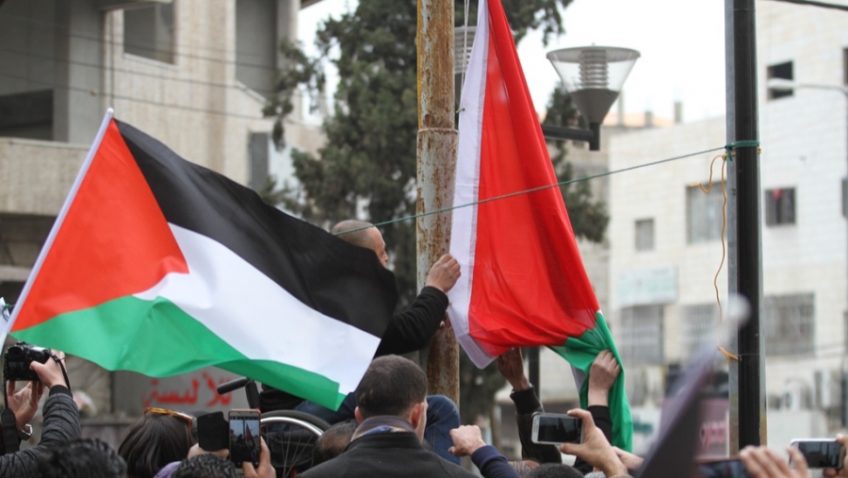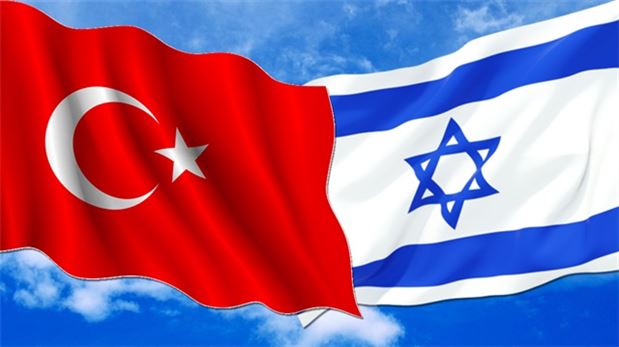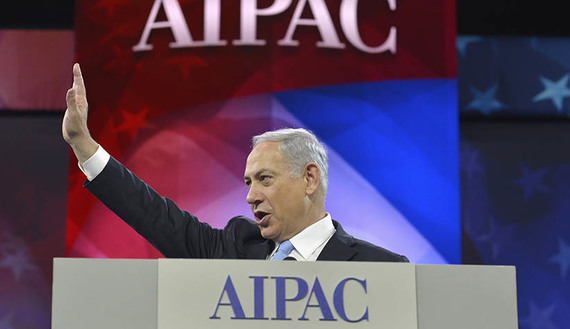The city of Hebron, located south of Bethlehem, is the largest city in the West Bank with around 215 000 palestinians people. I spend 3 weeks in this city, so i’m gonna tell you my experience.
I arrived for the first time in Hebron by an Israeli bus taken to the bus station of Jerusalem. After a long travel (1 hours and half) and many traffic jams, this one left me on the Israeli side of the city.
Yes, because the main thing to know about Hebron is that this city is divided into two distinct districts with, at its heart, well-established Isreal settlements.
At first I was a little surprised because I had no idea where I was. But more than that, the streets were totally empty. There was nobody, and I was alone in what first appeared to me like a ghost town. With all my luggages, I ventured into what seemed to me the main street of Hebron. I finally made my first meeting with Israeli soldiers near to the checkpoint. They asked me where I was going, whether I wanted to go to the Palestinian side or the Israeli side. Once I passed the checkpoint, I finally discovered the city of Hebron: crowded streets, souqs and falafel stands. We can not escape to the famous “welcome to Hebron! ». The streets are full of children, and the roads full of cars.
Hebron is a city divided in two parts : H1 for palestinians people and H2 for Israelians people. After many centuries of history between Jews and Muslims in this city, it was in 1997 that Israel, after many massacres 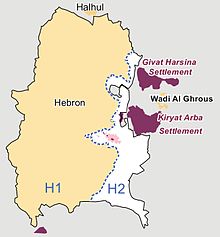 on both sides, decided, with the new Palestinian Authority, to establish a peace agreement. The Hebron protocol is then signed by Yasser Arafat and divided the city in two parts. Only around 500 jews are living there today. However, the daily life of the Palestinians does not correspond to the peace agreement that was wanted in the 1990s.
on both sides, decided, with the new Palestinian Authority, to establish a peace agreement. The Hebron protocol is then signed by Yasser Arafat and divided the city in two parts. Only around 500 jews are living there today. However, the daily life of the Palestinians does not correspond to the peace agreement that was wanted in the 1990s.
Indeed, when you visit the main sites of Hebron, you can quickly realized that the Israeli settlers, with their weapons, control everything. Walking in the old city makes you aware of the situation. You can think of being in the old city of Ramallah or any Palestinian cities, but when you look up, the huge walls with barbed wire and the Israel flags remind us of the occupation. Some street near of the settlements are empty.
A merchant tells me « people are afraid to come here because of the soldiers, we are forced to cover our stands because they throw their trash in our streets, on palestinians people ! ».
Sometimes, palestinians must have an authorization by Israelians soldiers to open a shop.
« They want us to leave, but these are our homes » said to me a woman in the street.
When I go to visit the famous Tom of Patriarchs (Ibrahimi’s Mosque) with a palestinian guide, he also said to me « alone, it’s very difficult for palestinians people to go to this sacred place. We have to pass the checkpoints, and the Israelis, if we are not escorted by tourists, refuse us the access. They divided our mosque into two parts, and some days access for Muslims is even forbidden. “
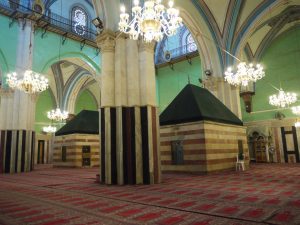
This analogy with South Africa’s past may seem surprising, but in reality it is easy to explain why palestinians people are under an apartheid system. Many things remind us of segregation : a system of armed control over the Palestinians, a system of identification, separate roads, huge inequalities in infrastructures, the isolation of populations who can only obtain a visa after very difficult administratives procedures (they are not not allowed to travel to Tel Aviv airport, Ben Gurion). There is also access to land and resources that is controlled by the israelians with contempt for the Palestinians people.
All this is obviously contrary to international law. The international community considers settlements such as the one in Hebron illegal under international law. The Geneva Conventions, which were established and accepted after World War II, state in their fourth convention that an occupying power is forbidden from “deporting or transferring parts of its own civilian population into the territory it occupies.”
One week ago, a Palestinian was killed by an Israeli soldier near to the checkpoint of Hebron. This happens very frequently. However, Tsahal still find a way to justify these murders.

